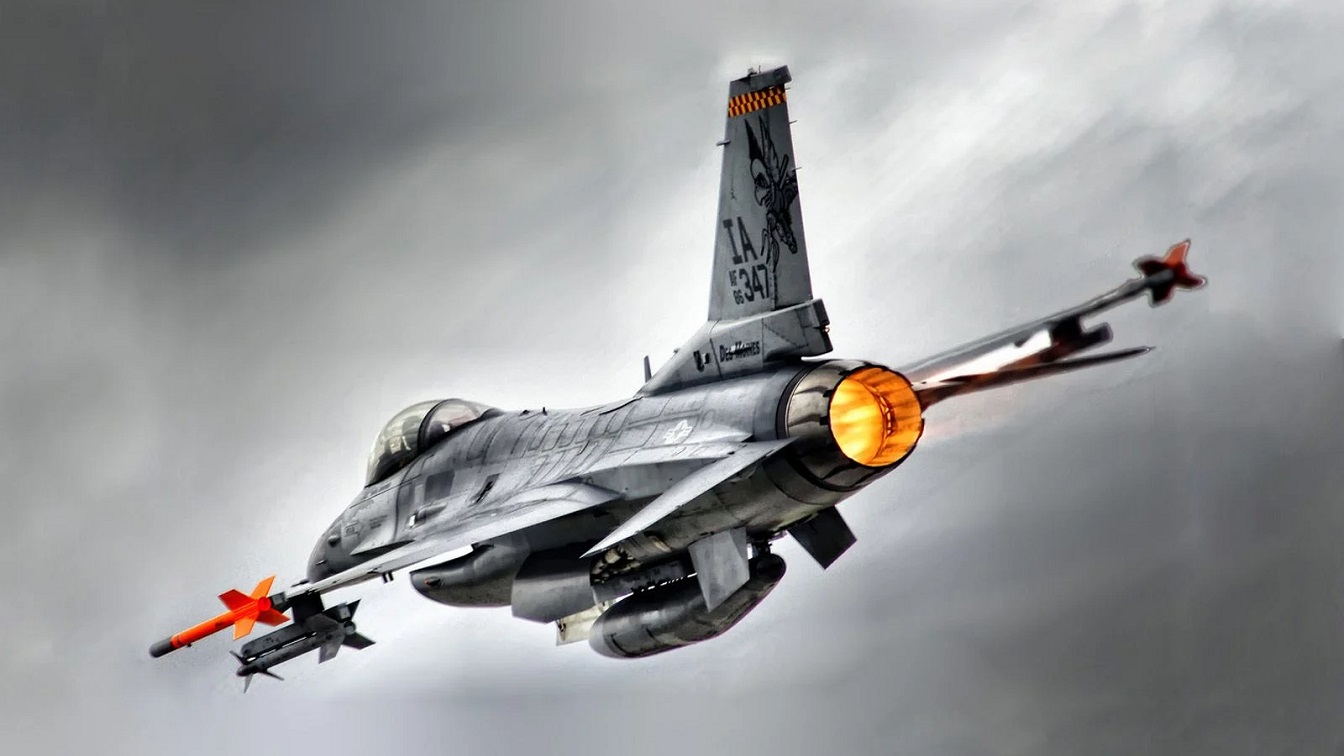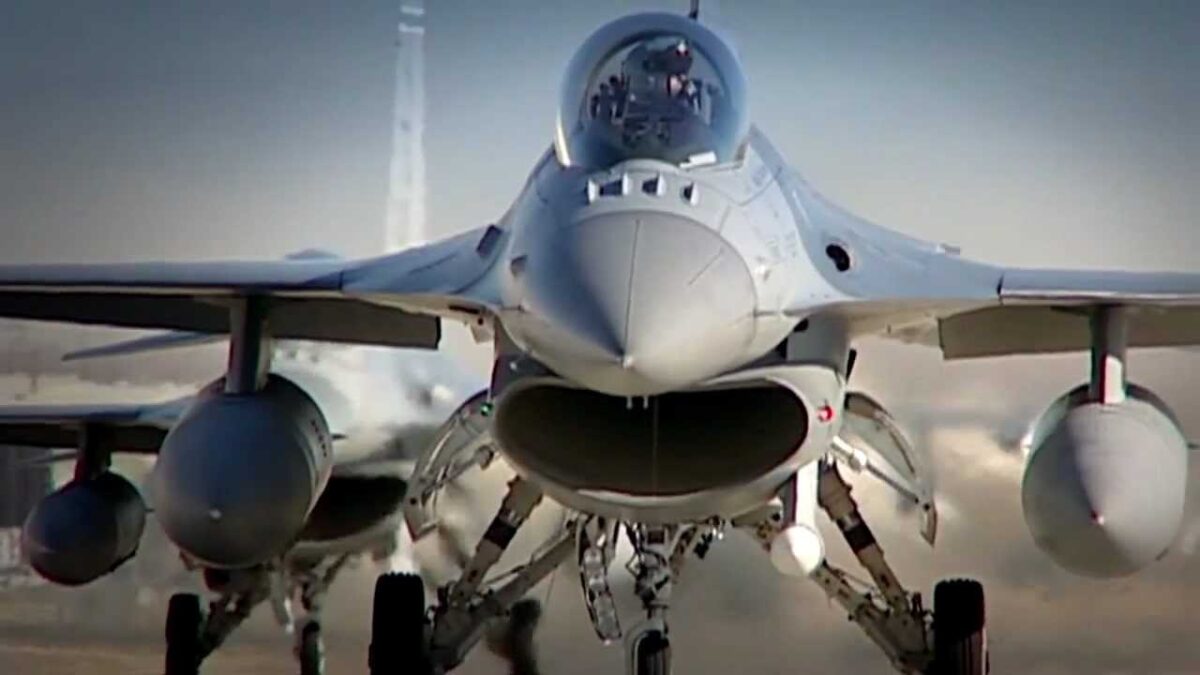Daniel Davis

Last weekend Ukrainian president Volodymyr Zelensky visited both Holland and Denmark, where government leaders in each country promised to deliver the long-coveted F-16 Fighting Falcon to the Ukrainian Armed Forces (UAF). As with a litany of other major Western military platforms that have been given to Kyiv throughout the war, Kyiv supporters hailed the jets as potential game-changers. Just like all the gear that preceded the Fighting Falcons, however, these military aircraft will not alter the course of the war.
Historic, or Useful for the Ongoing War in Ukraine?
In response to the twin announcements, Zelensky said the decision to give F-16s to Ukraine were “absolutely historic, powerful, and inspiring for us.” The Ukrainian president’s enthusiasm was likely tempered, however, when considering the process necessary even to get the aircraft operational and into the air war. Denmark’s Prime Minister Mette Frederiksen said that “hopefully” six fighters would be delivered before the end of this year, another eight in 2024, and the rest in 2025.
Dutch Prime Minister Mark Rutte didn’t put a number on how many F-16s his country would contribute nor when delivery might be expected. The airplanes, he said, would be delivered when “conditions for such a transfer have been met.” He also did not specify what those conditions were. But Zelensky claimed the acquisition of those fighters would have a significant and meaningful impact on the war.
The F-16s, the Ukrainian leader said, “will certainly give new energy, confidence, and motivation to fighters and civilians. I’m sure it will deliver new results for Ukraine and the entire Europe.”
That is Zelensky’s hope, but the reality will be different. Likely significantly different. Since early in the war, there have been various hopes that the acquisition of modern NATO gear and capabilities would provide game-changing capacity for Ukraine.
Changing the Game
Early in the war, there was the delivery of Stinger air defense missiles, Javelin anti-tank missiles, and tactical drone systems. Then came the contribution of the 155mm howitzers M777, which the Ukrainian Minister of Defense called a “game changer.”
Then the “game changer” of HIMARS rocket launchers was introduced, then the IRIS-T air defense system, the “game changer” Challenger 2 tanks from the U.K., “game changer” Leopard 2 tanks from Germany, Bradley Fighting Vehicles and Stryker Fighting Vehicles from the United States, and “game changer” Patriot Air Defense Systems. Yet none of them, individually or collectively, have produced a game-changing effect. The acquisition of F-16s will be no different.
First, the F-16 has been operating for over a half-century, initially entering service in 1979. The versions that will be made available to Ukraine will not be the newest, most modernized versions, but among the oldest. The Dutch, for example, will donate the very F-16 aircraft they had already designated as obsolete and began phasing them out (before upgrading to F-35s).
Second, aside from the considerable pilot training issues, the F-16 requires significant infrastructure support, highly trained maintenance personnel, substantial maintenance after each combat flight (for which large inventories of spare parts must be on hand), and the construction of special runways. All of these requirements have long lead times to produce and are costly to maintain.
Third, the F-16 is a solid aircraft but can only reach its full potential when operating as part of an integrated air and air defense system. Further, and perhaps most critically, it is vulnerability to Russian air defense systems, such as the S-300 or S-400, and would be at a disadvantage in air-to-air combat against Russia’s SU-35 fighters.
It’s not that the F-16 is a bad platform or that it wouldn’t perform ably. It is a solid piece of offensive weaponry. But there are too few of them, too few Ukrainian pilots who can master the F-16 in the near term, too many logistical and tactical shortcomings, and Russia’s countermeasures to the Fighting Falcon are too effective.
Just like the M777 Howitzers, the IRIS-T air defense systems, the Bradley Fighting Vehicles, Strykers, Patriots, and other modern weaponry delivered to Kyiv throughout this war, the F-16s would be “effective” but will not change the overall balance of power or change the outcome of the war.
As I have written many times in these pages, wars are first and foremost fought and won – or lost – by men, not by technology. Ukraine has shown remarkable courage, tenacity, and fearlessness in its conduct throughout this war, and in many ways, they have exceeded expectations.

F-16 Viper. Image Credit: Lockheed Martin.
But the UAF troops and pilots are not machines, and after suffering egregious losses over the past 18 months their capacity to wage war has diminished. Having a few newer planes is not going to change the course of the war. It is time both Washington and Kyiv accepted this harsh reality.
No comments:
Post a Comment